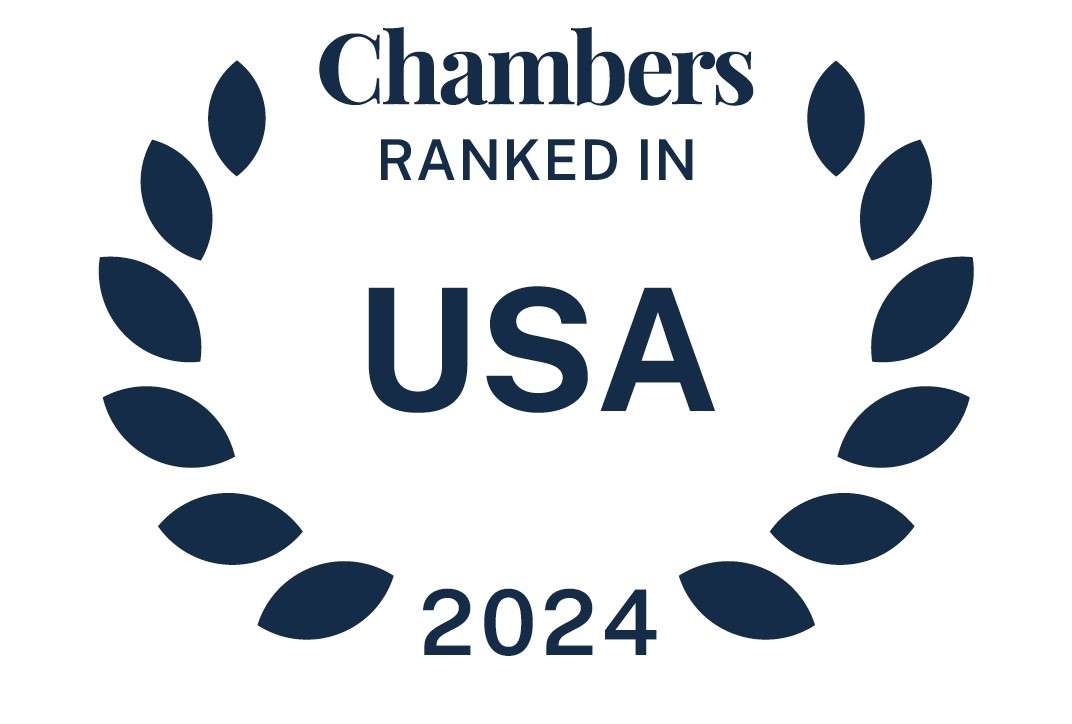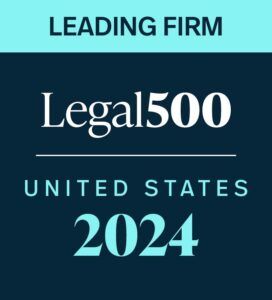The Internal Revenue Service recently issued Revenue Procedure 2016-51, a new version of the Employee Plans Compliance Resolution System (EPCRS) to consolidate and update its prior guidance regarding how to correct of errors in qualified retirement plans. The new version of the EPCRS program also reflects changes that the IRS has made to its determination letter process.
Read the full article here.
read more


 Subscribe
Subscribe




